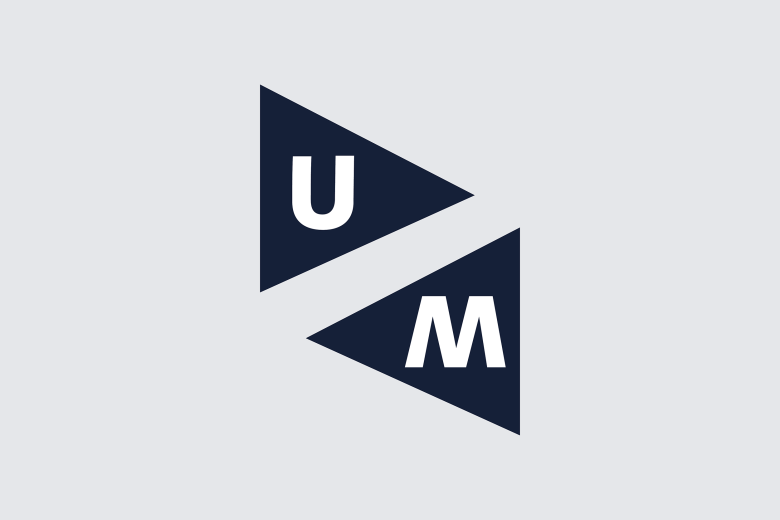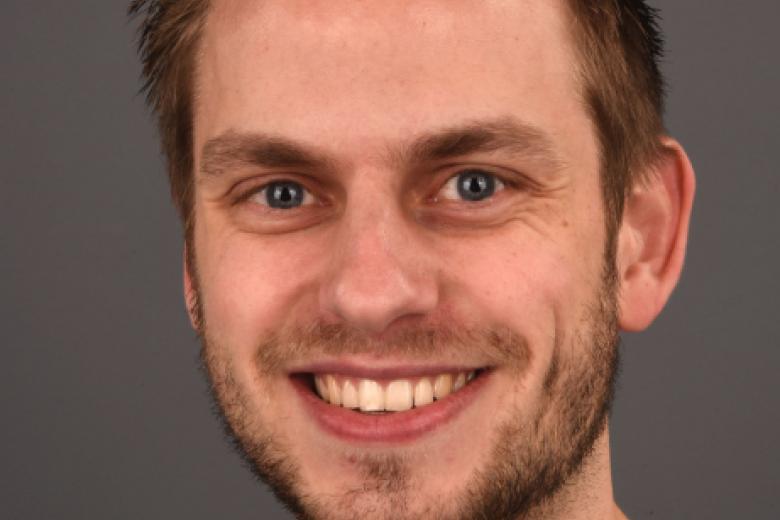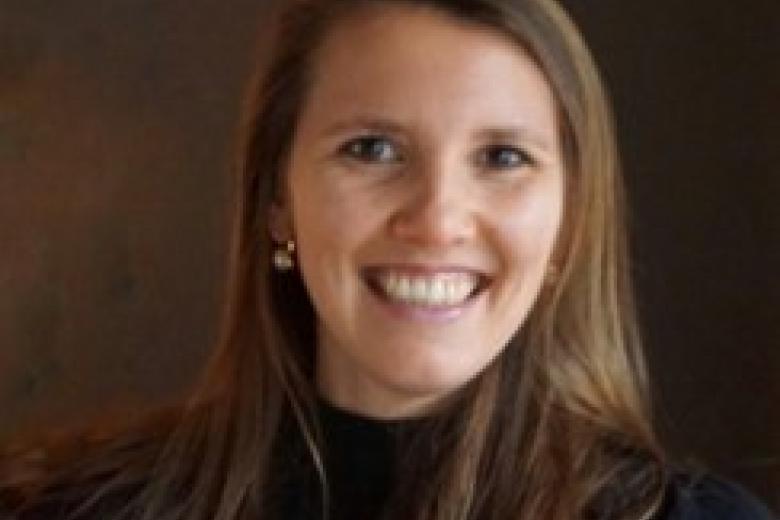NWO Physics Valorisation Prize for UM Professor Ron Heeren
This year's prize for the best knowledge utilisation in physics goes to distinguished university professor Ron Heeren, the scientific director of M4I, the Maastricht MultiModal Molecular Imaging institute. Ron Heeren receives the prize for his successful translation of physics research to the market and for his contribution to patient diagnostics. He works on improving clinical diagnostics by means of mass spectrometry imaging and implemented a method at Maastricht UMC+ that allows surgeons to see, during the operation, whether the outer edge of excited tissue is free of tumour cells.
"Research serves a higher purpose" - Interview with prof. Ron Heeren
After gaining his doctorate from the University of Amsterdam in 1992, Ron Heeren led a research group at AMOLF. Although being trained as a technical physicist, he now focuses on the biomedical applications of mass spectrometry. ‘That is what makes my type of research that cuts across disciplines so much fun, physics that makes a difference for the patient.’
Mass spectrometry
Ron Heeren and his team developed innovative instruments and methods for mass spectrometry imaging. This technique can be used to localise and identify different molecules and isotopes in biological and chemical surfaces and to subsequently determine the quantities in which they are present. The techniques that Heeren has developed turn a routine mass spectrometer into a genuine molecular microscope, which can map the molecular complexity of surfaces. That could be tissue surfaces from the operating theatre, soil samples, paint samples from paintings, polymer fibres from DSM, etcetera. The techniques can be used in every case where a chemical analysis with an X and Y coordinate is necessary.
From CERN to surgeon
Heeren’s research focuses on the molecular basis for a personal treatment plan that he wants to make faster, more precise, more personal and even preventative with the help of molecular diagnosis. The selection committee noticed his broad outlook in continually identifying and elaborating new applications. He has taken the Medipix technology, used by the CERN particle accelerator, and further developed it into an application the pathologist can use to establish a diagnosis during the operation, based on detailed molecular information.
This data is used to construct tissue models which a surgeon can use during an operation to determine whether the edge of excised material (the tumour margin) is free of tumour cells. This is crucial to prevent the tumour from returning: in 20 percent of cases, the patient has to come back for a second operation. Heeren also contributed to the clinical implementation of an intelligent surgical knife, the iKnife, which analyses smoke during an operation and can establish a diagnosis within a few seconds. That means the surgeon can immediately remove all malignant cells during the first operation.
Companies
From the jury report: ‘Another example of his innovative talent is the development of a method to elucidate molecular structures with a resolving power of 150 nanometres. An American company has translated the method into a commercial instrument for the chemical and automotive industries, which is an example of Heeren’s successful international public-private valorisation.
The different collaborative partners illustrate the diversity and effectiveness of Heeren’s valorisation-focused research: from companies such as ThermoFisher Scientific to institutions such as Maastricht UMC. In addition, Ron Heeren has established successful companies such as Omics2Image and The Dutch Screening Group. Several of the nine patents that he has acquired so far have been taken over by companies active in the scientific instrument market. He has passed on his knowledge of and commitment to valorisation to others in Maastricht through giving an ‘Entrepreneurial Awareness’ course, which he set up for his team.’
Ron Heeren:
‘For me personally, it is, of course, a tremendous honour, but above all else a recognition of all the researchers, companies and investors who over the years have contributed to the fundamental, instrumentation and applied research at the intersection of various disciplines. The physical technologies we have developed here at Maastricht University and in the past at AMOLF are now finding applications in the operating theatres of Maastricht University Hospital.’
Also read
-
No evidence of brain damage caused by severe COVID-19
Patients admitted to hospital due to a severe COVID-19 infection exhibit no evidence of brain damage caused by the disease. This is the conclusion of an extensive study led by Maastricht University.
-
Cold shivers?
Due to the Western lifestyle with a high fat diet combined with little exercise, more and more people in the Netherlands are overweight or even obese. This causes an increased risk of type II diabetes. What can be done about this besides a healthier lifestyle? The answer comes from an unexpected source...
-
Quantity and Quality
Survivors of colon cancer often have symptoms associated with the cancer or treatment for years after treatment, such as fatigue and tingling in fingers and feet. This has a great impact on the perceived quality of life. Whereas current lifestyle advice is mainly aimed at prevention of (colon) cancer...